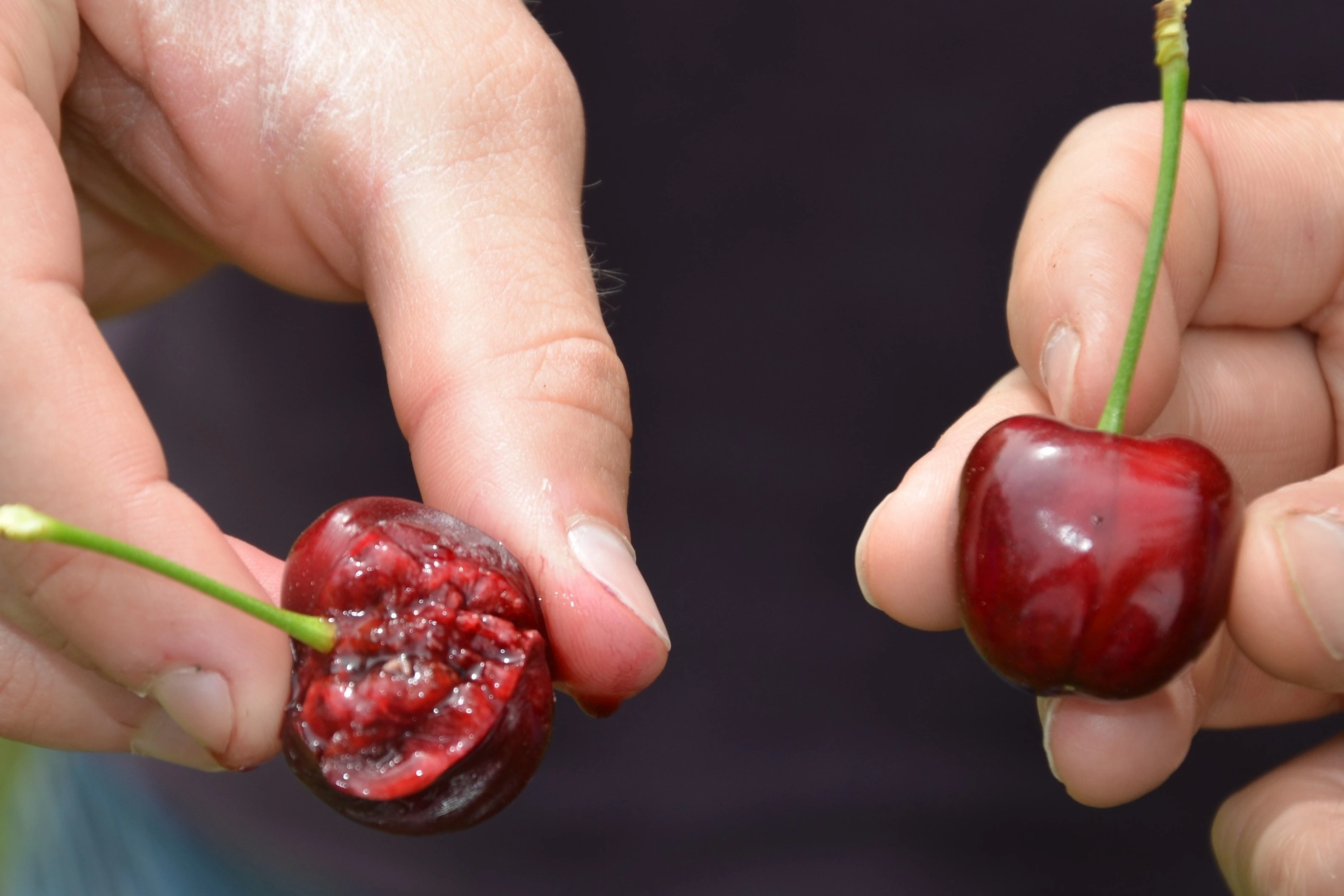Its fruit can be sweet or sour, but in all cases it is a generous tree with a special place in the Swiss landscape.
In Switzerland, the cherry tree is not just a fruit tree: it is a symbol of tradition, biodiversity, and gastronomic culture. From the hilly landscapes of Ticino—where the wild cherry mostly dots the forests—to the fruit-growing expanses of Zug, this tree fascinates for its springtime beauty and its exquisite fruits, starring in desserts, spirits, and healthy diets.
A tree with ancient roots
Native to the Black Sea basin and the Caucasus, the cherry tree reached Europe thanks first to the Ancient Greeks and later, above all, to the Romans.
According to naturalist, philosopher, commander, and provincial governor Pliny the Elder, it was General Lucullus who introduced cherries to Rome from Turkey (the same man who had brought the apricot from Asia Minor and the putative father of the adjective “lucullan” thanks to the delicious and lavish banquets he loved to host).
From Rome, cherry trees spread throughout the Empire, also reaching Switzerland. In our country, cultivation evolved over the centuries, leading to the selection of hundreds of sweet and sour varieties.
Sweet or sour?
Broadly speaking, the cherry tree includes two distinct species: Prunus avium L., 1775, the sweet cherry, and Prunus cerasus L., 1773, the sour cherry.
The sweet cherry is a tree that can grow majestic and reach 20 meters in height, though rarely centuries-old. It is a very hardy plant found spontaneously in our forests, standing out in spring with its generous white blossom.
The sweet cherry loves sunshine and deep, well-drained soils, making it common at the edges of forests up to hill and mountain levels and along waterways.
Prunus avium has also been cultivated since antiquity for its fruits, drupes that are sweet, soft, or crunchy depending on whether they belong to “tenerina” or “durone” varieties. There are early, mid-season, and late-maturing varieties, allowing sweet cherries to reach the market from spring through early summer.
Wood and the sour cherry
The hard wood of the sweet cherry is also highly prized for its reddish hue and distinctive grain. For these qualities, it is particularly valued in fine woodworking.
Cherry wood is used for luxury furniture. However, it is delicate and poorly withstands humidity and water exposure.
The sour cherry is a more modest tree, barely reaching 8 meters in height. In Switzerland it is found mainly in cultivated form, and its varieties produce fruits such as amarena cherries, marasche, and visciole.
These are all soft fruits, more or less tart, suitable for eating fresh (straight from the tree) or for processing.
Zug, Switzerland’s cherry capital
In the Canton of Zug, cultivation of this delicious fruit dates back to the 1600s, with the establishment of markets dedicated exclusively to cherries.
Zug is the beating heart of Swiss cherry culture. And although it was Zug kirsch that received PDO status, the cherry at the origin of this local spirit is equally famous for its unique aroma with almond notes.
Cherry brandy is used especially in the famous Zuger Kirschtorte and in fondue.
It should be noted that during the 20th century cherry cultivation declined, even in Zug, due to urbanization of farmland and the abandonment of agriculture.
A new growing supply chain
But since the early 2000s, there has been a modest revival with new cultivation techniques and a supply chain that combines agriculture, craftsmanship, and gastronomic tourism.
Since 2011, cherry cultivation in the Canton of Zug has been protected by the UNESCO Convention as part of Switzerland’s “Living Traditions.”
Cherry orchards are widespread not only in Zug. In all of Central Switzerland and in the Canton of Vaud, plantations are large and significant.
Today, Swiss orchards are evolving: growers prefer low-trunk trees, easier to manage and protected by nets against rain and pests.
Harvest and challenges
Harvesting, however, is still done by hand: about 40 hours are needed per ton of cherries.
According to a note from the Swissfruit Association, 2025 has been an excellent year for cherries.
Swiss growers harvested a total of 2,400 tons. An abundant harvest favored by excellent spring weather conditions.
Still, long-term challenges remain: climate change affecting the delicate moment of early cherry flowering and the arrival of new pests put growers to the test.
A witness to climate change
In the Canton of Basel-Landschaft, cherry cultivation is also widespread.
Here, however, the news revolves around a wild cherry growing at the edge of a forest near the capital Liestal. In fact, it is a cluster of contiguous wild cherry trees that have been selected over the years to monitor their phenological cycle.
In particular, since 1894, the beginning of the tree’s flowering has been observed here with precision and dedication. In the last century, the cherry blossom date was used to calculate the beginning of the harvest in the canton.
This was crucial to arrange in time the labor and means needed to best handle the large cherry harvest.
A tree between science and identity
Today, the long series of data collected on the Liestal cherry complements other vegetation data gathered in Switzerland by MeteoSwiss’s Phenological Observation Network.
The data obtained from observing the Liestal cherry have highlighted a correlation between the increasingly early flowering of the tree and the atmospheric warming behind climate change.
In short, the cherry tree in Switzerland is much more than a fruit tree: it is a living heritage!
It is also an ally of biodiversity. Its flowers produce large amounts of nectar and pollen, attracting and nourishing pollinating insects.
In this way, the cherry tree brings together nature, culture, gastronomy—and is also a climate guardian. Protecting it means safeguarding a precious piece of Swiss identity.
Source: www.rsi.ch
Image source: Schweizerische Vereinigung der AOP-IGP
Cherry Times - All rights reserved











